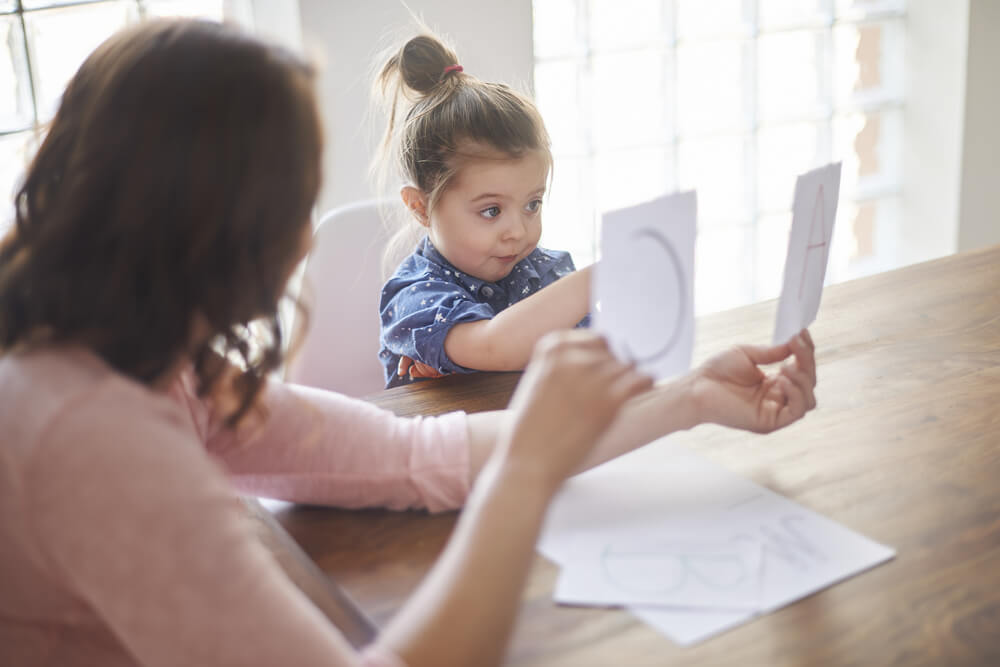Speech and language development is essential to your child’s early life. But knowing how to help your baby develop their language skills can be a little tricky.
This guide will show you why developing speech is so important and how you can encourage and support it. We’ll also give you our top ten activities to help your baby work toward their first words, from playing with dolls prams to exploring the outdoors.
Why is speech development so important?
Speech development is absolutely vital to any young child’s overall development. The ability to process speech and speak clearly are essential building blocks your child needs as they grow. This helps them to develop language skills that allow them to express ideas and understand others.
All kids are different, but they tend to start babbling and talking when they’re in the 15 to 18-month age range. However, you should encourage speech development in your baby as early as possible.
You can do this using various accessories and toys – but you can also use the simple activities we’ve listed below.
What activities encourage children to speak?
1) Monkey see, monkey do
Did you know that nonverbal forms of communication account for around 60% of all communication? This is why using facial expressions is a crucial part of your child’s speech development.
‘Monkey see, monkey do’ involves you holding your baby and mimicking their facial expressions. If they smile, you smile. If they stick their tongue out, you do too!
Eventually, your baby should start mimicking your expressions back at you.
2) Animal jam
Animal jam is a really straightforward activity that’s sure to hold your child’s attention. All you need to do is make animal sounds and identify which animal the sound belongs to.
For example, ‘the sheep goes baa’, ‘the cow goes moo’, and ‘the duck goes quack’.
Before long, your little one will be able to give you the names of the animals when you make the noises.
3) Sound stories
Kids absolutely love story time, but there’s a way to make it even more fun which helps them to enhance their listening skills.
When you read a story, incorporate facial expressions, sound effects, and changes in voice pitch. You can also role-play different characters by using unique voices for them.
4) Name that colour
Start to say colours whenever you see them. If you see a car, tell your baby what colour it is. When you dress your baby, let them know the colours of the clothes they’re wearing. This helps your baby develop a sense of colour recognition early on.
5) Sing song
Outdoor play is important for babies, but so is indoor play. Singing is a great way of playing indoors with your baby which will also help with their early literacy skills.
Start off by singing very simple nursery rhymes in front of your little one. Even if they can’t join in, they’ll start learning new words and react to your facial expressions.
6) Mirror, mirror
When your baby is lying on their tummy, try placing a mirror in front of them. They’ll be able to see the shape of their mouth whenever they make a sound. This helps them to understand how sounds are formed.
7) Face-to-face
For this activity, lie face-to-face on the floor with your baby. Point to different parts of their face and name them. This helps with facial recognition and hand/eye coordination.
You could also try using an interactive doll for the same exercise. Simply point to parts of the doll’s face and name them.
8) Say my name
The majority of babies start to recognise their own names between the ages of 3 to 6 months. In order to help with this, you should say your baby’s name out loud as often as possible.
Try incorporating their name into silly songs, or replace the names in books with your baby’s name. You could even sing silly songs while pushing your baby around in their pram!
What’s more, dolls prams are a perfect tool to encourage role play as they allow a child to mimic their parents. Role play is essential from a young age, as it encourages a childs development.
9) Roll-a-ball
When babies start playing with toys, you can start to play games with your little one that involves the use of language and toys together.
With roll-a-ball, you start off by rolling a ball to your baby. After a while, you can start giving your baby simple instructions such as asking them to roll the ball back to you.
10) Finger puppets
Creative play is very important in your baby’s speech and language development. Using finger puppets is one of the most creative language activities for progressing your baby’s speaking skills.
Use two-finger puppets to tell a story. The dialogue between the two puppets mimics the dialogue between two people. It helps your child to understand how people interact with each other when talking.
Another way to encourage creative play is by playing with baby dolls! Ensure your little one’s doll is fully equipped with a dolls pram, dolls high chair and dolls car seat, and enjoy creating multiple stories and scenarios for your child to engage with!
-
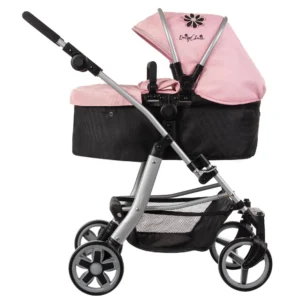 Daisy Chain Connect 5 in 1 Dolls Pram in Classic Pink£73.99
Daisy Chain Connect 5 in 1 Dolls Pram in Classic Pink£73.99 -
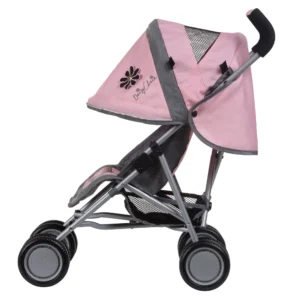 Daisy Chain Little Zipp Dolls Pushchair in Classic Pink£31.99
Daisy Chain Little Zipp Dolls Pushchair in Classic Pink£31.99 -
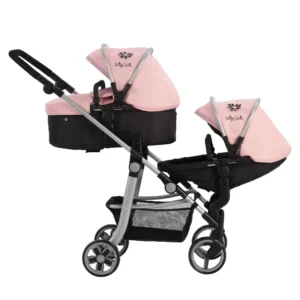 Daisy Chain Pinnacle Double Dolls Pram in Classic Pink£159.99
Daisy Chain Pinnacle Double Dolls Pram in Classic Pink£159.99 -
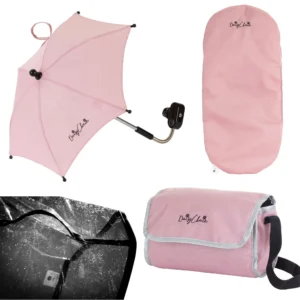 Daisy Chain Dolls Pram Accessory Pack in Classic Pink£32.99
Daisy Chain Dolls Pram Accessory Pack in Classic Pink£32.99 -
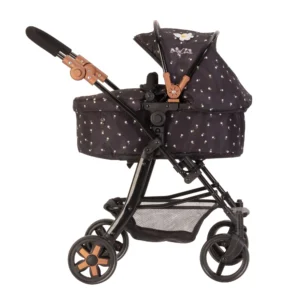 Daisy Chain Connect 5 in 1 Dolls Pram in Limited Edition Twilight£73.99
Daisy Chain Connect 5 in 1 Dolls Pram in Limited Edition Twilight£73.99 -
Product on sale
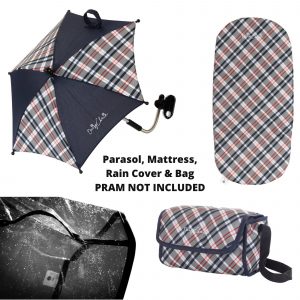 Daisy Chain Dolls Pram Accessory Pack in Classic CheckOriginal price was: £32.99.£9.99Current price is: £9.99.
Daisy Chain Dolls Pram Accessory Pack in Classic CheckOriginal price was: £32.99.£9.99Current price is: £9.99. -
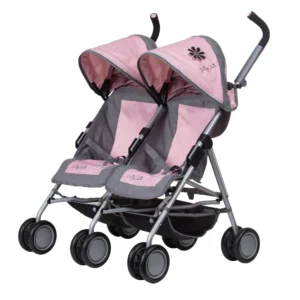 Daisy Chain Zipp Twin Max Dolls Pushchair in Classic Pink£69.99
Daisy Chain Zipp Twin Max Dolls Pushchair in Classic Pink£69.99 -
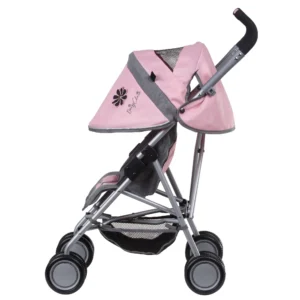 Daisy Chain Zipp Max Dolls Pushchair in Classic Pink£54.99
Daisy Chain Zipp Max Dolls Pushchair in Classic Pink£54.99 -
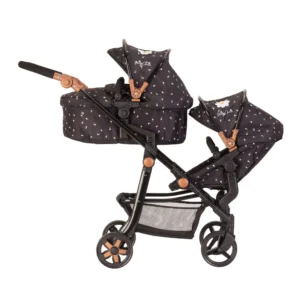 Daisy Chain Pinnacle Double Dolls Pram in Limited Edition Twilight£159.99
Daisy Chain Pinnacle Double Dolls Pram in Limited Edition Twilight£159.99
How can parents support their child’s speech and development?
The most effective way of supporting your child as they develop speech is to constantly talk to them. You should tell them what you’re doing from birth and ask them questions – even though they can’t respond yet.
While you are preparing their bottle or cleaning their diaper, tell them exactly what you are doing.
FAQs
How developed should a 1-year-old’s speech be?
When your baby is one year old, they should know between one to three words. These will be simple words like ‘mum’ or ‘dad’. However, some babies develop more slowly than others.
What is the best way to encourage language development?
Reading to your child is probably the best way of encouraging their language development. When a baby sees pictures and hears words at the same time, it teaches them that the two are connected. This lays the foundation for the language and literacy skills needed for speech later on.
Start off with children’s books with pictures, so it is an interactive experience for your child as they listen to you, see your lips move, follow the words and look at the pictures.
Enhance your child’s development with Play Like Mum
If you found this article helpful, be sure to check out our other guides about children’s development. We cover how to encourage imaginative play, the right time to start sensory play for babies, and much more!
- What Skills Do Children Develop Through Playing With Dolls?
- Best Activities to Encourage Speech and Language Development
- England’s Most Family-Friendly Towns & Cities
- How to Encourage Imaginative Play in Children and Grandchildren
- The 5 Must-Have Doll Accessories
- What Skills Do Children Develop Through Playing With Dolls?

